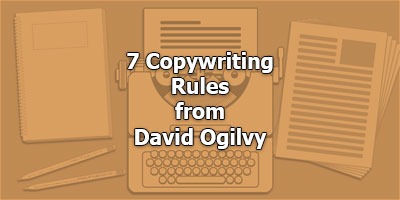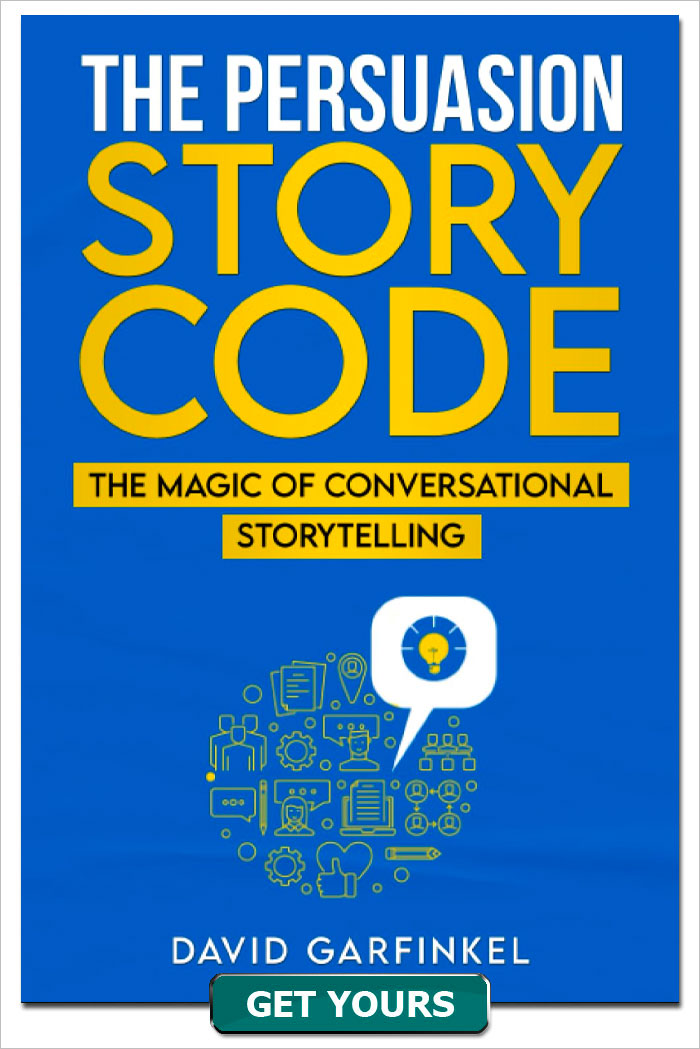7 Copywriting Rules from David Ogilvy - Old Masters Series
Published by: David Garfinkel on 04-03-2023
Tweet
We’ve got a very special episode today in our Old Masters series—featuring some wisdom from David Ogilvy.
He was legendary in advertising during the Mad Men days. Kenneth Roman wrote a book about Ogilvy called “The King of Madison Avenue.” I believe his book “Ogilvy on Advertising” was the only book on the subject to reach widespread bestseller status, far outside the reaches of the industry. Over 100,000 copies sold. For a business book, that’s like over 1 million sold for a novel or general-interest book.
Ogilvy was more of a team leader and team builder than a solo operator. More like a Joe Schriefer or a James Patterson—Patterson was an executive for J. Walter Thompson before he became a best-selling novelist—Ogilvy was more like those guys than like a Gene Schwartz or a Gary Halbert.
But don’t get me wrong. Ogilvy was also a terrific copywriter. He started out in direct response and understood the principles of that kind of copywriting inside out.
I found something the other day, paging through Ogilvy’s autobiography, that’s a perfect fit for this podcast. Ogilvy had 11 rules for copywriting. Four of them are more focused on big ad agencies, but seven of them are great for us, and that’s what we’ll cover today.
So what talked about today comes from is “David Ogilvy: An Autobiography.” This guy had quite an adventurous life, and after he retired he moved to live in a chateau in France. Here on the cover of the book you can see him staring menacingly at you, smoking a cigar.
There are swans in the background. Ogilvy had this thing about trumpeter swans, which have the largest wingspan of any swan known to man. I don’t know if those are trumpeter swans on the cover, but there’s a really good chance they are.
Ogilvy was an eccentric man with wide-ranging interests and an adventurous spirit.
But when it came to copy, he was straightforward, and serious. And he was focused on getting results, even when he was writing consumer advertising with no response mechanisms.
The rules we covered today come from his years of hard work, both writing copy himself and leading other copywriters. We talked about Ogilvy’s stance on studying advertising throughout your career, how much difference in response you can get when you improve the copy in an ad, whether a Big Idea matters or not, and a lot more.
A link to get the book “David Ogilvy, An Autobiography”:
https://www.amazon.com/David-Ogilvy-Autobiography-Trailblazers/dp/0471180025
Keywords: old masters series copywriting









